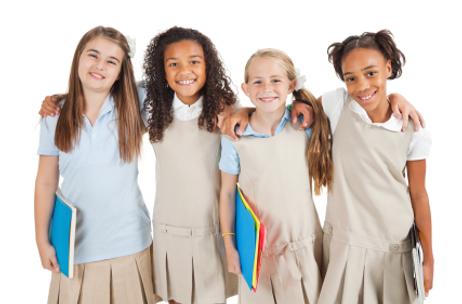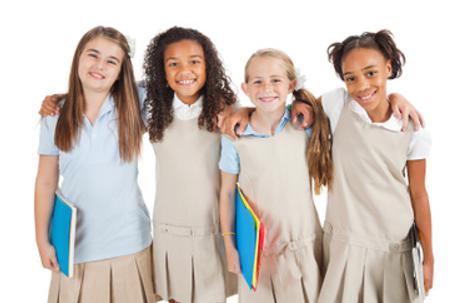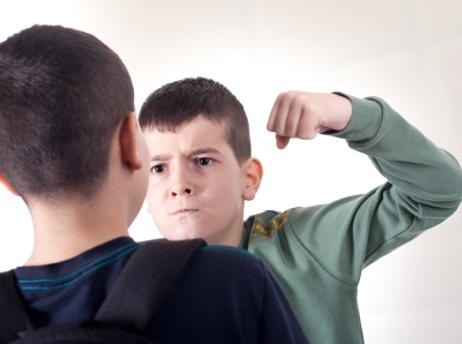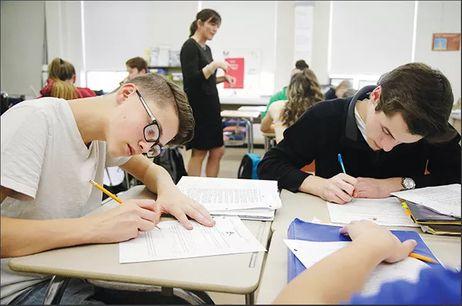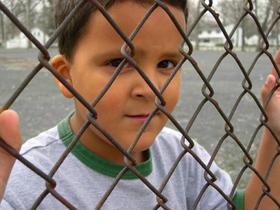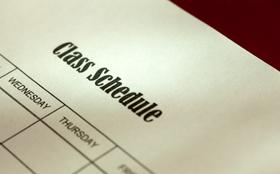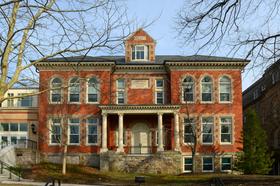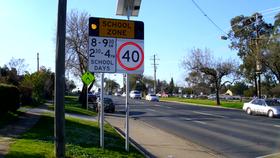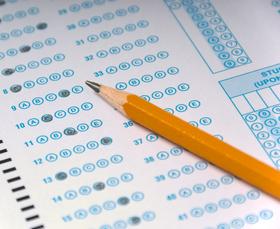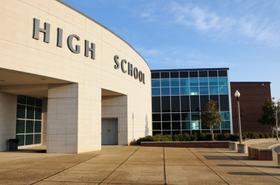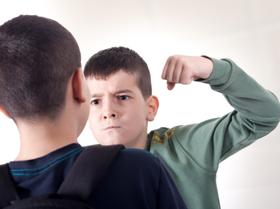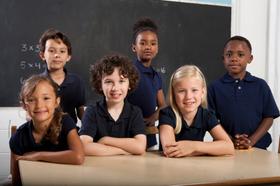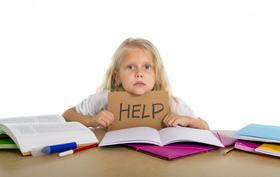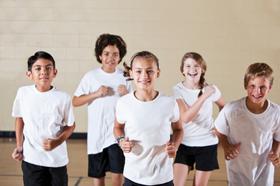AP courses, state standardized test scores, and teacher-to-student ratios: these are all measures utilized by parents to judge a public high school’s quality. However, what if parents have been evaluating all the wrong statistics? What if the best way to measure a public high school’s educational quality is by the success its students achieve after they graduate?
While some public high schools will proudly publish the colleges to which their seniors have been accepted, what happens to these students once they enter into the towers of higher education? Has their public high school education properly prepared them for the rigors of college?
All of these answers – and more – can actually be answered through research and data compiled by the .
Measuring a Public High School’s Success
As reported by the , the National Student Clearinghouse manages a database of more than 93 million students enrolled in over 3,300 colleges. While this information was once compiled for student loan purposes, the Clearinghouse has now made this data available for high schools.
Included in the National Student Clearinghouse reports is a bevy of valuable information, such as:
- Institutions of enrollment
- College transfer statistics
- College graduation rates
- Types of degrees earned
- Majors pursued
The conclusions that could be gleaned from these reports are invaluable for both high schools and parents. For example, in the sample report evaluated by the Washington Post, the data showed:
- 76% of


